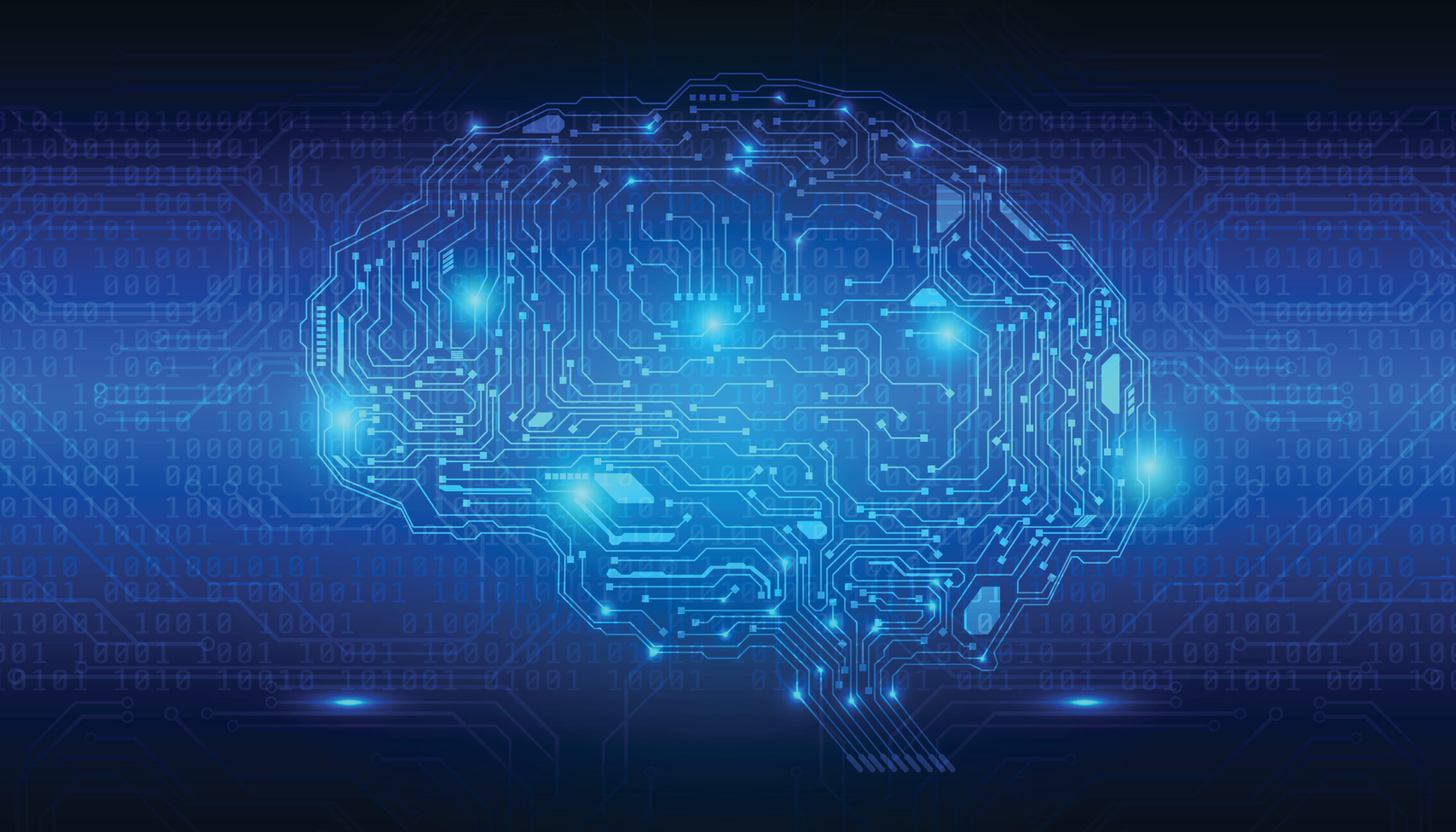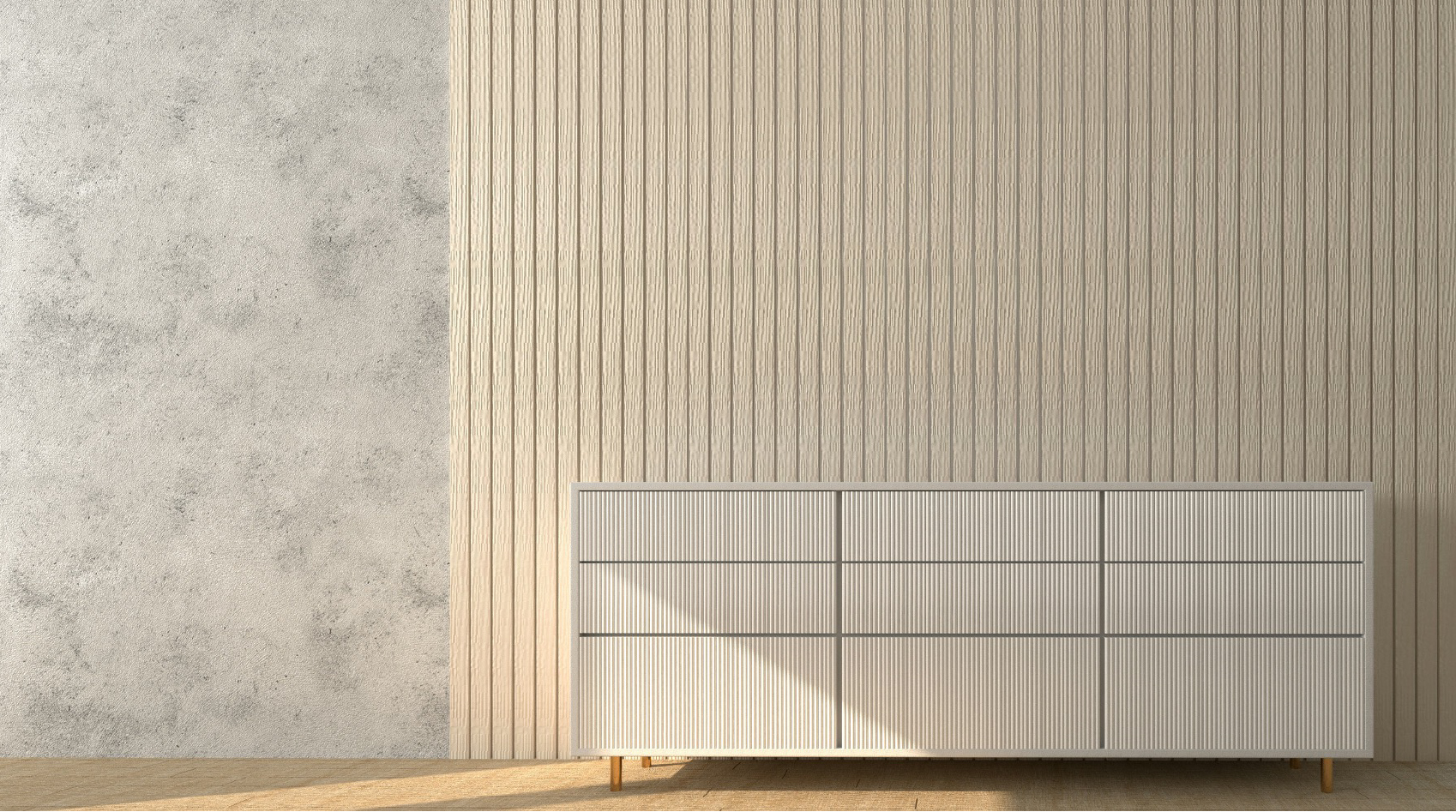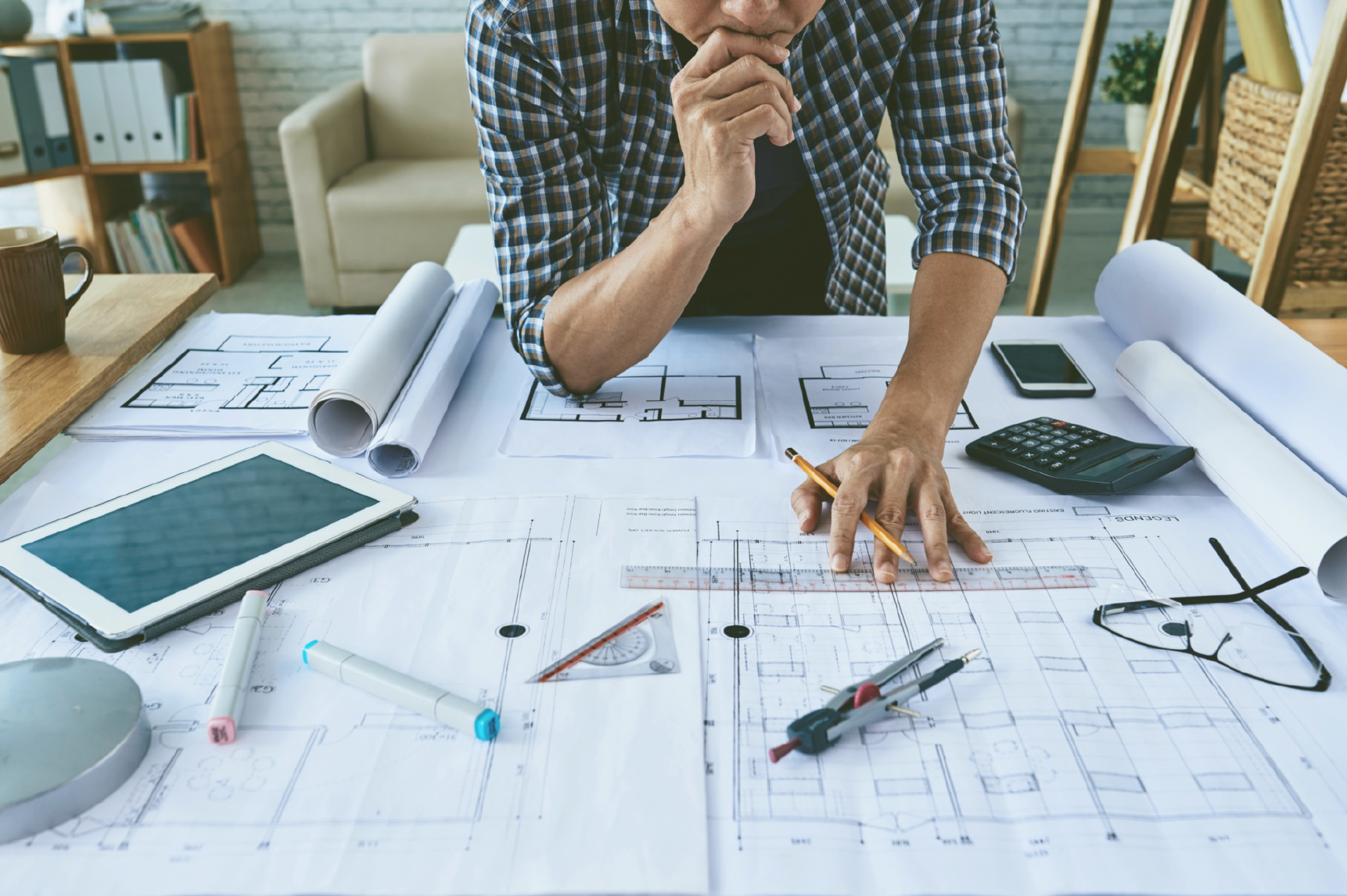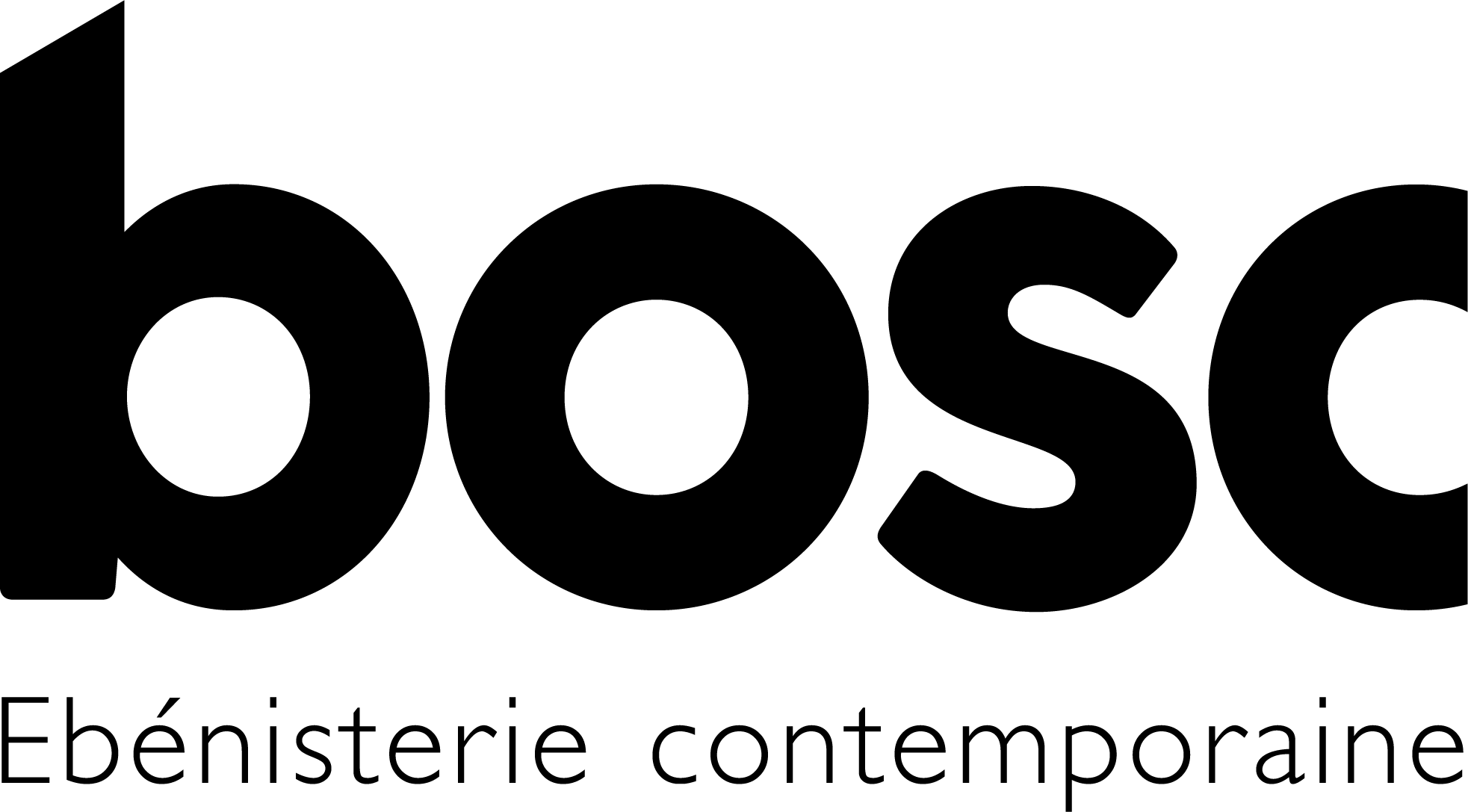Does artificial intelligence taste good?
Artificial intelligence is everywhere: in finance, in medicine, in our office software… and now in interior design and architecture studios. Thanks to tools such as Mid journey, Interior AI, or Reimagine Home, we can generate stunning, stylish and sometimes even visionary layout visuals in just a few clicks. But when it comes to sensitive places, where the human experience is at the heart of the project – such as a hotel, restaurant or office space – an essential question arises: does AI have good taste? And above all, does it have the necessary sensitivity to design places that leave a lasting impression and create value?

AI: an encyclopedia of styles, but not a signature
What AI does extremely well is imitate. In a matter of seconds, it can generate a hundred variations of an Art Deco-style hotel lobby, a Wabi Sabi-inspired restaurant room, or a “nature and wood” coworking space. She knows the mainstream trends, the dominant styles, the color palettes that appeal, and the materials that “look professional”. She compiles what exists, digests it, and recomposes it with a sometimes striking visual precision. But if you ask her to create something singular, to tell a story through space, to translate a brand’s DNA, or to reinterpret the identity of a neighborhood or a terroir… she stalls. Taste in a design project isn’t just about the right combination of shapes and textures. It’s about contextualizing, giving meaning and sometimes surprising.
Places to live in, not set in stone
Interior design for hotels, restaurants and offices is not just about “looking good”. It’s about creating ambience, interaction and lasting emotions. A hotel isn’t just an Instagrammable room; it’s a parenthesis in a traveler’s life, an atmosphere, a global experience. A restaurant is more than just a well-decorated room: it’s a tempo, well-placed lighting, carefully thought-out acoustics, furniture that makes you forget yourself. As for tertiary spaces – offices, coworking spaces, head offices – they must respond to complex challenges: flexibility, well-being at work, hybridization of uses, employer brand…
But AI doesn’t know all that. It doesn’t know what it’s like to “live” in a place. It doesn’t understand flows, regulatory constraints, acoustics, signage, ergonomics, or even PMR standards. Nor does it sense what is tiring to the eye or soothing to the spirit. It generates, but does not design.

Taste: an aesthetic, but also a cultural and strategic judgment
In the contract world, taste is also a strategy. It’s not just about looking pretty, it’s about positioning. Do you want a premium urban hotel for digital nomads? A high-end locavore restaurant in the countryside? An inclusive, modular, eco-friendly workspace? Whatever the demand, be it stereotypical or more unexpected, “good taste” will not be the same depending on the audience, the location and the objectives. And this is where AI finds its limits: it doesn’t question the brief. It doesn’t challenge the customer. It doesn’t detect the weak signals of an upcoming trend, or the cultural ruptures taking place. It remains stuck in a “consensual” aesthetic, polished but risk-averse.
AI at the designer’s service, not in his place
Does this mean we should turn our backs on AI? Probably not, at least for the time being. It’s a powerful tool, especially in the early stages of design: searching for inspiration, stylistic variations, testing visual concepts… It can also speed up rendering work, suggest ideas we wouldn’t have thought of, or even open up new avenues in response to specific constraints. But it is not an architect, decorator or designer. It doesn’t replace emotional intelligence, the culture of detail, sensitivity to materials and the human scale, or spatial intuition. She accompanies, but does not decide.
In the field of interior design, artificial intelligence gives the illusion of taste: it mimics it perfectly, but never understands its foundations. In complex, sensitive projects such as hotels, restaurants or tertiary spaces, where every detail carries meaning, true taste comes from the human mind and hand. So, yes, let’s use AI to go faster because the majority of projects require it, to explore wider and visualize more easily, but let’s keep in mind that having taste is above all knowing why we do things. And this ability – the “why” – cannot be programmed.

